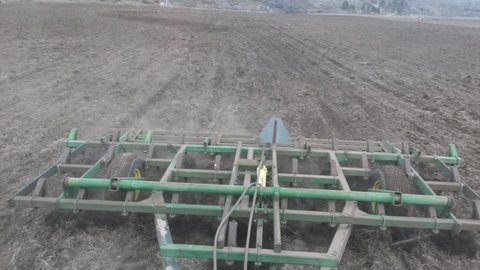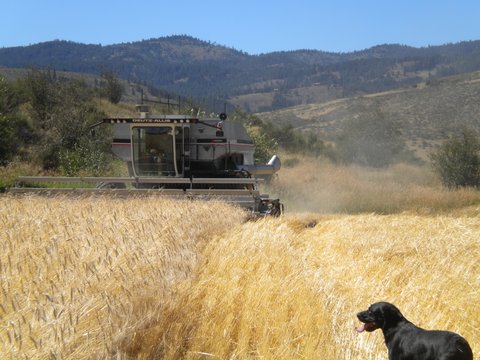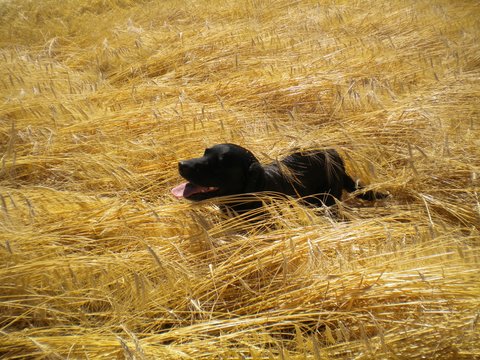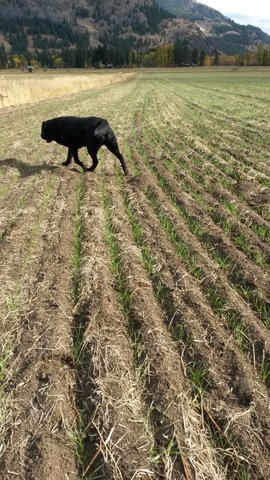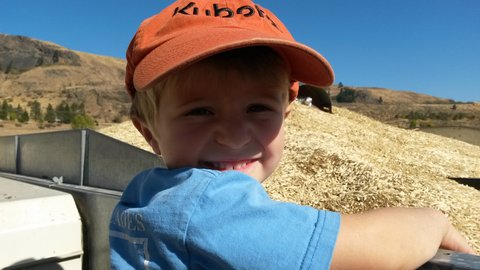The common house wren – easily confused with the winter wren: Tenacious, noisy, spider-man like the way it clings sideways to siding, posts, tree limbs…alas, does not just like houses. For two years now one particular mother has nested up above the exterior lights in our John Deere’s cab. To be exact, directly on top of the wiper motor. This is our smallest tractor that we use mostly around the granary unloading grain, moving totes, pallets, loading freight etc. However, once in a while we do still use this machine in the field. We were using it earlier this spring, before she returned.
The fact that all the sticks she’d left last year “sticking” out every which away – wren like – was lost on this unobservant soul. Even after I burned out the wiper motor this winter snow plowing. Dah… did I bother to take the top of the cab off, dig out her handy work then button things up again before spring? No. And of course, she returned. For a month now every time we hop in to use the machine she flutters out and sits on a nearby post, or side of the granary, waiting out the activity so as to return. Just the other day I could hear the chicks, and now she was ever busy back and forth with food.
One characteristic not always associated with wrens is patience, yet she has showed great patience, forced or not, due to her “mobile home” situation. Fair enough; shelter in the driving rain we’ve had a couple times so far; shelter from the building wind. And though I’ve wanted to pull the John Deere and use it in the field for some lighter duty work, I dare not! Did I mention I have an affinity for wrens?
Which brings us to June. Around here, we often call June “Junuary”. Although not as wet of a month this year as June often promises to be, it has made up for lack of moisture with much cooler temperatures than this May ever had. Truth to tell, this year the two months swapped. There was a light frost in parts of the valley earlier this month, and here it is the end of June with morning temps. still in the 40’s, and daytime barely 70’s. Ideal grain growing conditions. And our grains are digging it.
We are grateful for the supplemental irrigation. As mentioned, we’ve not had a lot of moisture this month but plenty of wind. A couple fairly violent downpours did come through not long ago with small hail. but the crops seemed to have survived. Our earlier plantings have hit flag-leaf stage and I’m applying a second round of fish and sugar at this critical developmental stage in the cycle. From the flag-leaf come the eventual grain heads. And within the next week, some of our emmer will be booting out. From that stage, we’ll get a couple more rounds of irrigation and then be shutting it down to let the curing begin. Wow, the cycle is fast! And intense.
So far I’m pleased with how most of our grains look at this stage. The emmer shows excellent color and uniform growth. How this will play out into the filling cycle of the grain is anyone’s guess and I’d be more the fool for trying to predict. So much can happen between now and harvest. If things go well, I could be harvesting our rye, and possibly our two experimental winter wheats by the end of July. Alas, we’ll have to wait for the next newsletter to report on this.
Meanwhile, I want to give a special thanks to Brad Halm who came on board the “Bluebird” boat 3 years ago and has been a huge help – first in the granary where he ran the processing and milling operation – then transitioned into office work, where he documented many of our systems and also took over keeping track of our sales and was our main contact as far as outreach and marketing. Brad has been a steady, cheerful and thoughtful member of our crew here and we’ll all miss him as he moves on to a new career. We wish him the best in this. At the same time, we welcome back my wife Brooke full time! Brooke will be working along-side me once again, as we steer Bluebird into the next chapter.
Enjoy the long summer light! Surely temps will rise up as the intense sun of July will soon be upon us.
Very best, Farmer Sam
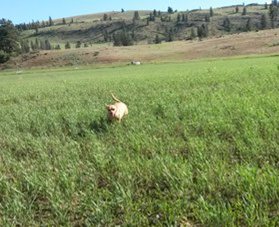
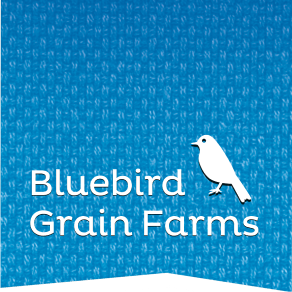
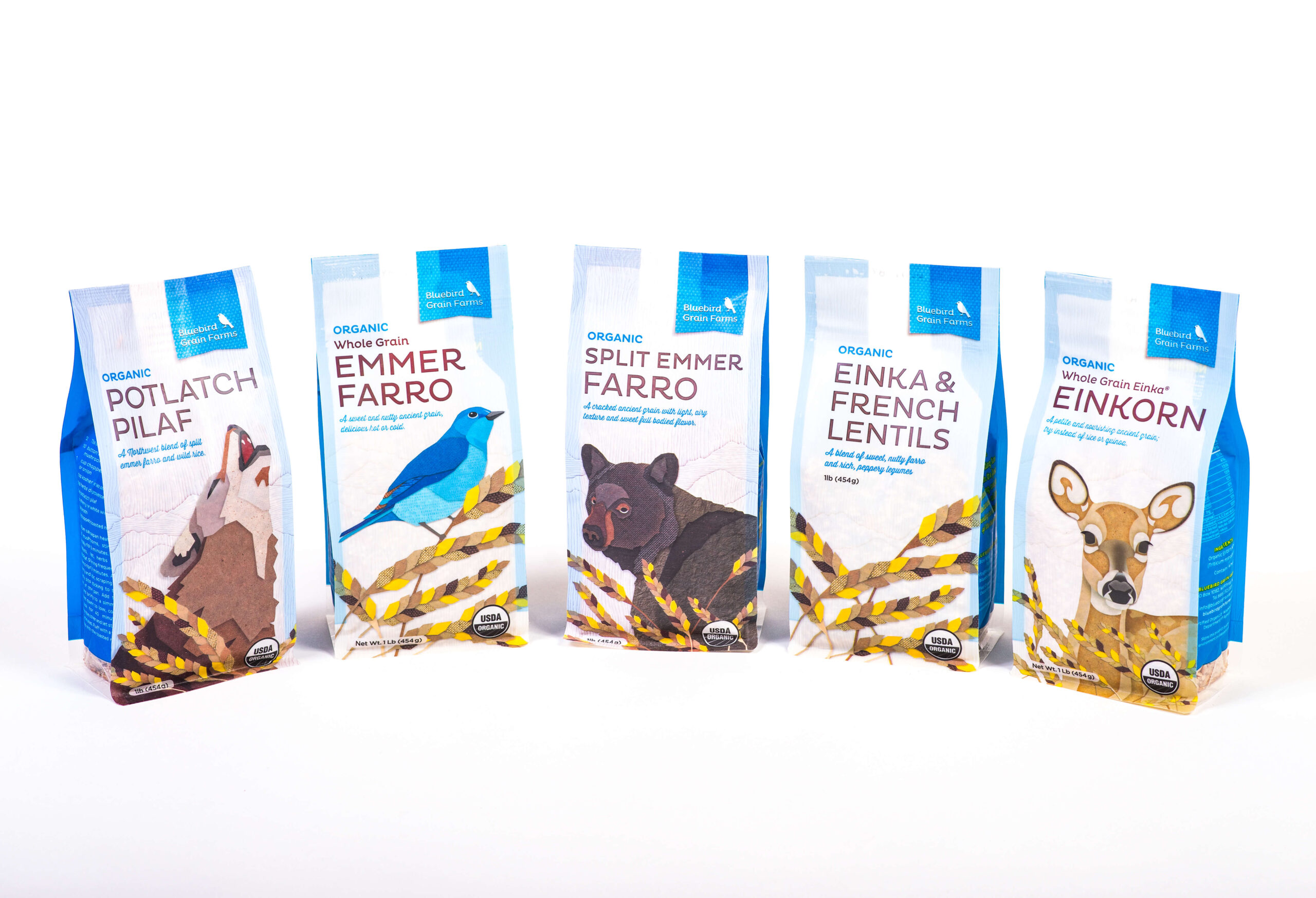
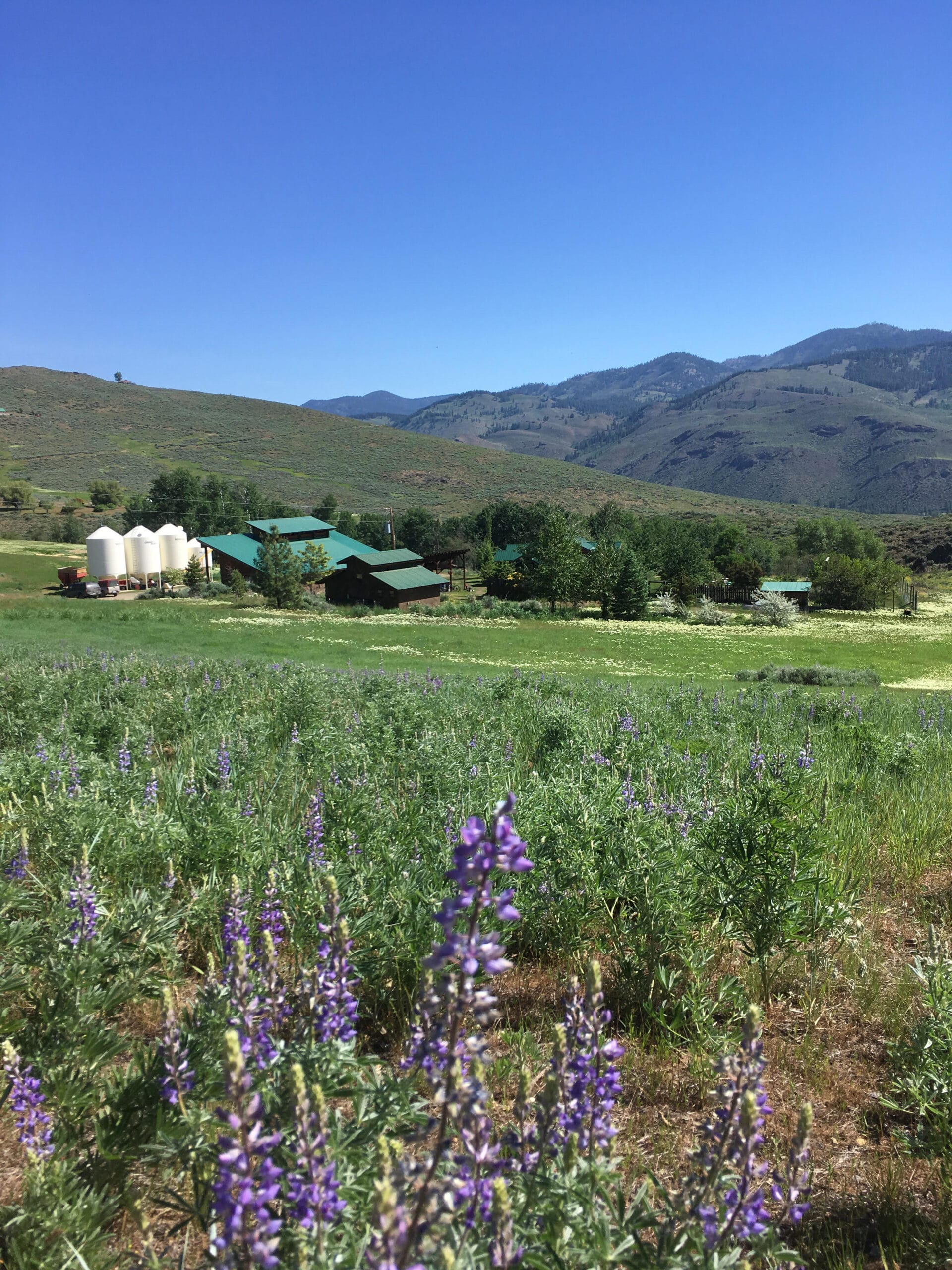 watched them with joy many a time doing their peculiar, determined spring mating dance. The last hold-outs: poorwhills and knight jars will soon be coming.
watched them with joy many a time doing their peculiar, determined spring mating dance. The last hold-outs: poorwhills and knight jars will soon be coming.